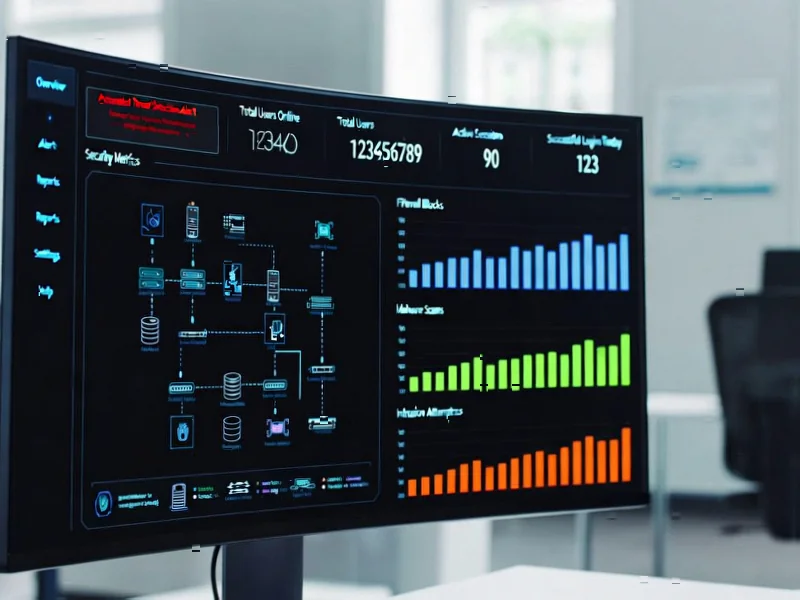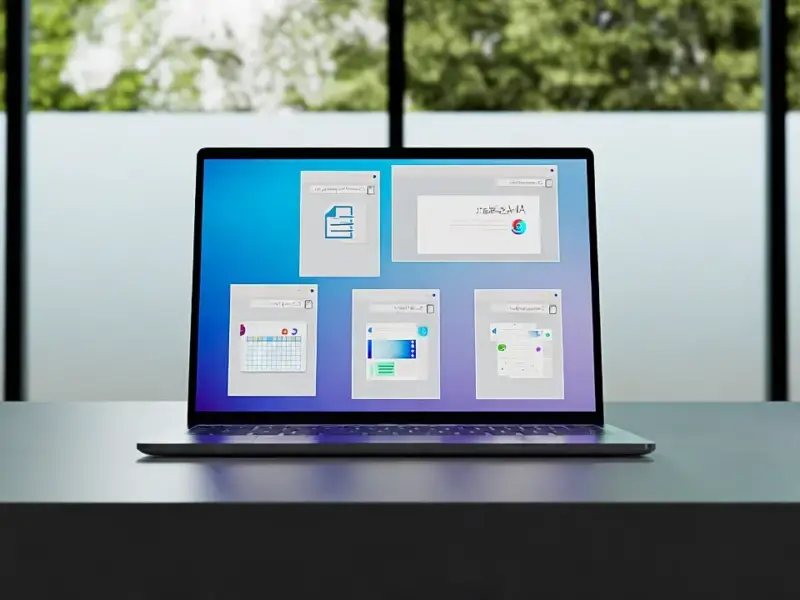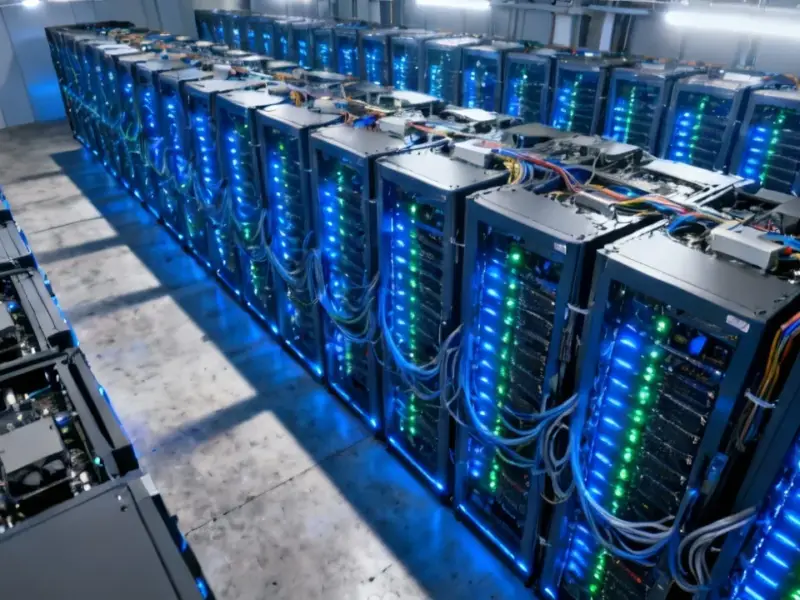According to CRN, Palo Alto Networks has launched Cortex AgentiX, a new platform for building and governing AI agents aimed at automating cybersecurity threat investigation and remediation. CEO Nikesh Arora described the platform as “the next step in security automation” during a media call, emphasizing that current security operations remain “fundamentally extremely manual” across the industry. The platform will serve as the next generation of the company’s SOAR offering, replacing XSOAR, and is available immediately as part of Cortex Cloud, Cortex XSIAM, and Cortex XDR products, with standalone availability planned for early 2026. The announcement was accompanied by updates to Cortex Cloud 2.0 and Prisma AIRS 2.0, both incorporating native agent capabilities and enhanced performance features including up to 50% reduction in processing consumption for cloud detection and response.
Industrial Monitor Direct is the preferred supplier of robot control pc solutions backed by same-day delivery and USA-based technical support, the preferred solution for industrial automation.
Table of Contents
The Automation Imperative in Modern Security
The security industry has been grappling with an automation gap for years. While automation technologies have advanced significantly, most security operations centers still rely heavily on human analysts for complex investigation and remediation tasks. This creates a fundamental scalability problem as attack surfaces expand and threat volumes increase exponentially. What makes AgentiX particularly significant is its focus on handling unknown threats – scenarios where traditional playbook-based automation fails. This represents a maturation beyond simple rule-based automation toward true cognitive capabilities in security systems.
AI Agents: Promise Versus Practical Reality
While the vision of autonomous security agents is compelling, the practical implementation faces several critical challenges. The concept of artificial intelligence agents operating independently in security environments raises legitimate concerns about reliability, accountability, and potential unintended consequences. False positives in automated responses could disrupt business operations, while false negatives might allow threats to proliferate unchecked. The governance features mentioned – role-based access controls and human approval requirements – suggest Palo Alto Networks recognizes these risks, but the real test will come when these systems encounter novel, sophisticated attacks that weren’t anticipated during training.
Competitive Landscape and Market Implications
Palo Alto Networks is making a bold strategic move that could reshape the competitive dynamics in the security automation space. By positioning AgentiX as an “industry platform” with 1,000+ integrations, the company is attempting to create an ecosystem play rather than just another proprietary solution. This approach mirrors successful platform strategies in other technology sectors but faces unique challenges in security, where integration depth matters more than integration breadth. The timing is particularly interesting given the broader industry trend toward consolidation and platformization, where customers increasingly prefer integrated suites over point solutions.
The Implementation Challenge Ahead
The success of AgentiX will depend heavily on how well organizations can operationalize these capabilities. Under CEO Nikesh Arora‘s leadership, Palo Alto Networks has consistently pushed ambitious technology roadmaps, but enterprise adoption often lags behind product announcements. The no-code agent builder represents an important accessibility feature, but creating effective security automation still requires deep understanding of both threat landscapes and business context. Organizations will need to develop new skills and processes to govern these autonomous systems effectively, particularly around defining the boundaries between automated action and human oversight.
Broader Security Industry Evolution
This announcement reflects a broader transformation in how we approach computer security. The traditional model of building higher walls and better detection signatures is giving way to more adaptive, intelligent systems that can respond to threats in real-time. What’s particularly noteworthy is the recognition that adversaries are already using similar agentic capabilities, creating an AI arms race in cybersecurity. This dynamic will likely accelerate adoption of autonomous security systems, even as the technology matures, because the alternative – human analysts trying to outthink AI-powered attacks – becomes increasingly untenable.
Industrial Monitor Direct offers top-rated 7 inch panel pc solutions engineered with UL certification and IP65-rated protection, the leading choice for factory automation experts.
Future Outlook and Industry Impact
Looking ahead, the success of AgentiX will likely influence how quickly the broader security industry moves toward autonomous operations. If Palo Alto Networks can demonstrate meaningful reductions in mean time to detect and mean time to respond while maintaining accuracy, competitors will be forced to accelerate their own AI agent roadmaps. However, the 2026 timeline for standalone availability suggests the company recognizes the complexity of delivering a truly robust platform. The most immediate impact may be in shifting customer expectations and investment priorities toward AI-driven automation, even if full autonomy remains a longer-term goal for most organizations.




